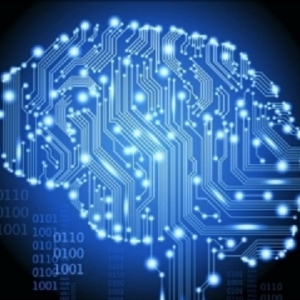London, Jul 19: Scientists in the UK have discovered a new mechanism that could help slow down the progression of neurodegenerative diseases like dementia and neurological decline associated with ageing, according to a research published today.
The UK's University of Sheffield scientists identified that tuning up the activity pathway of the DNA's natural repair toolkit – which normally helps to restore breakages in genetic material - could help to prevent the death of nerve cells which trigger neurological diseases.
The scientists examined the C9 or f72 gene which contains six DNA nucleotides – the building blocks of DNA where all important cellular information is stored.
When this series of nucleotides is expanded and repeated multiple times, neurodegenerative diseases can occur. The expansions of the gene forms genetic material called 'R-loops' which make the DNA vulnerable to breakages.
They found that accumulation of R-loops and increased DNA breakage in neurons lead to neurodegenerative diseases.
Human cells have their own repair toolkits specially designed to fix breaks in DNA, however, the products of the expansion over-activate a process called autophagy – a process that gets rid of misfolded or "unwanted" proteins.
The new study, jointly directed by Professor Sherif El- Khamisy and Professor Mimoun Azzouz, published in Nature Neuroscience, shows that the expansion driven over-activation of this process can degrade some of the very precious DNA toolkits, meaning the cells will eventually die.
"We were able to shut down the out-of-control degradation process, which runs down the cell's ability to fix genomic breaks, using genetic techniques. Even though the DNA was still damaged, the cells were able to cope and did not die" said El-Khamisy.
Discovering this new mechanism and its consequence is a significant step towards developing new therapies for motor neurone disease and other neurodegenerative conditions, El- Khamisy said.
The discovery based on work conducted in cellular and mouse models of the disease could pave the way for new therapies for devastating diseases such as Motor Neurone Disease (MND), which is one of the most common neurodegenerative disorders affecting younger people in the middle of their active life.
There are currently no treatments to tackle the disease. "This discovery is addressing one of the major challenges of namely the poor understanding of how neurones die in these MND patients," Azzouz said.
"The research paves the way for an exciting horizon to accelerate the pace of therapeutic development for MND. Our aim now is to identify targets that can preserve the DNA toolkits and rescue neurons from degeneration," Azzouz said.





Comments
Add new comment